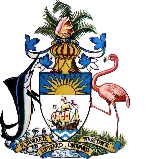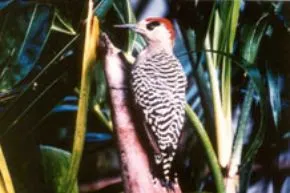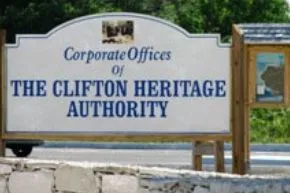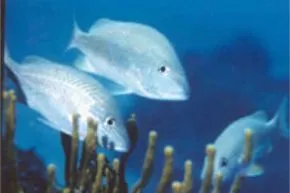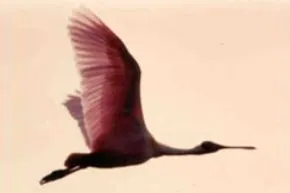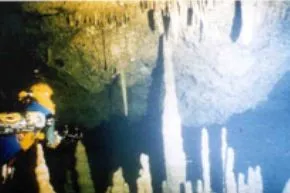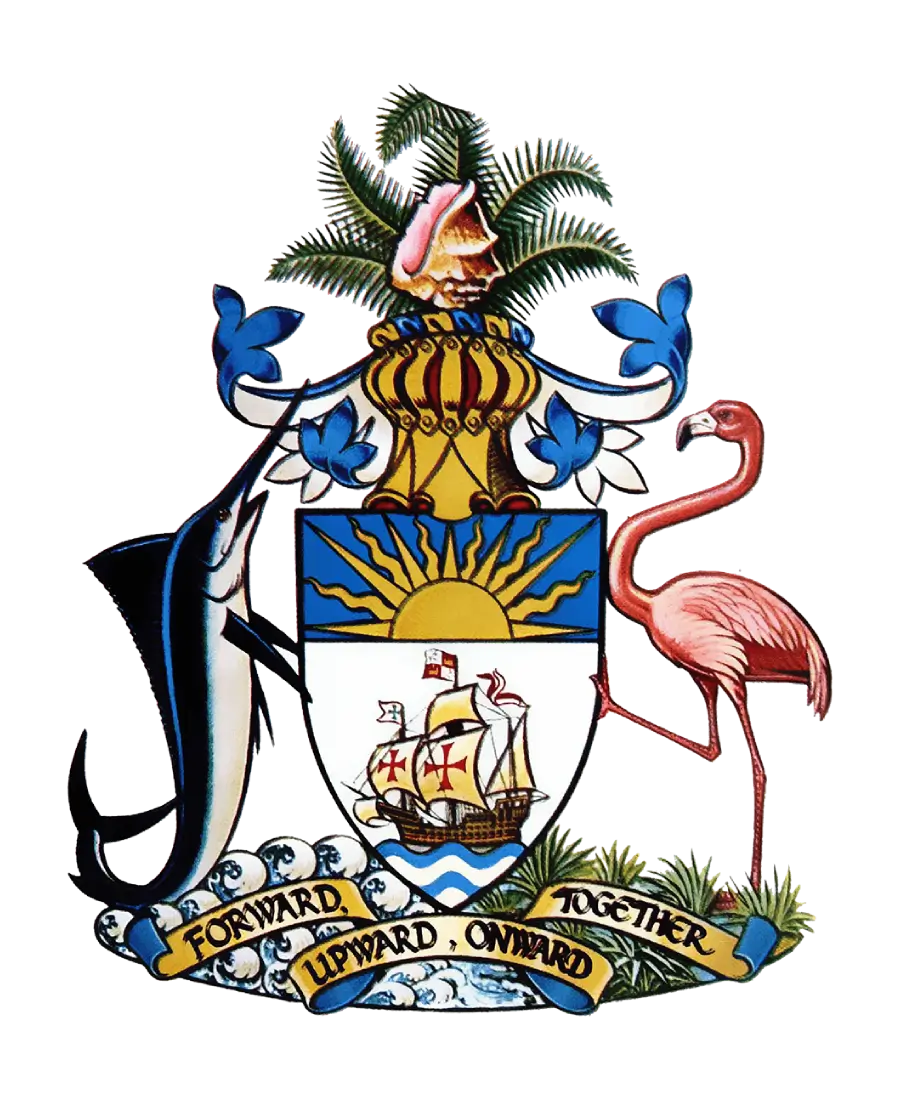Pelican Cays Land & Sea Park
Is a 2,100 acre area just north of Cherokee Sound in Great Abaco that contains stunning undersea caves, extensive coral reefs and is noted for its fish, plant and bird life.
Peterson Cay National Park
A one-and-a-half-acre geological wonder, it's beautiful park is the only cay on Grand Bahama's leeward shore. The surrounding coral gardens provide an excellent opportunity for the close observation of marine life.
Ran Nature Centre
The Trust acquired this 100 acre nature centre in Freeport, Grand Bahama in 1992. The centre features a Caribbean pine forest, countless native orchids and flowering plants, and a variety of bird life. Nestled in the heart of Freeport, the Rand Nature Centre provides visitors with a close-up view of Grand Bahama's original ecosytem.
Tilloo Cay National Park
Acquired by the Trust through private donation, this 11 acre area encompasses a tropical wilderness shoreline of outstanding beauty. Exposed to the Atlantic Ocean, the area is an important sea bird nesting site.
The Retreat
Is an 11 acre garden of native woodland in the heart of New Providence featuring one of the world's largest privately - owned collections of rare palms. Once the home of Arthur and Margaret Langlois, the 180 year old building now houses the Trust's headquarters and educational centre.
Union Creek Reserve
This area comprises 4,940 acres of an enclosed tidal creek on Great Inagua. It is a very important and successful marine turtle research facility operated in conjunction with the Caribbean Conservation Corporation for more than 25 years.

